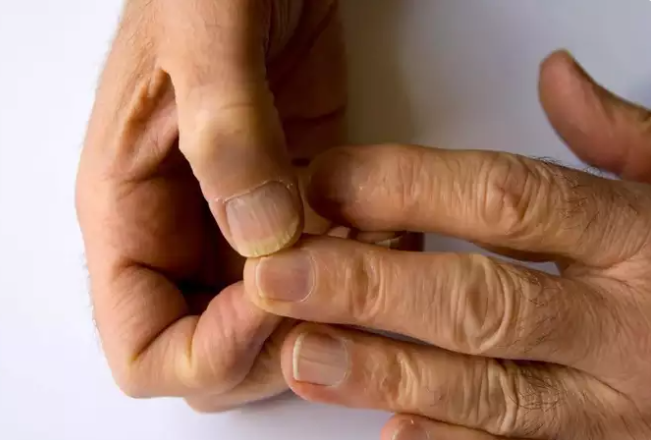Risks of high cholesterol
Your body needs cholesterol, a waxy substance found in the blood, to build healthy cells. However, with high cholesterol, you can develop fatty deposits in your blood vessels. Sometimes, these deposits can break suddenly and form a clot that causes a heart attack or stroke. It's crucial to get your cholesterol levels out of the red zone to avoid problems.
While not all cholesterol is bad for your body, the type known as low-density lipoprotein (LDL) is bad cholesterol and can put you at a greater risk of health problems. Therefore, it’s important to keep your levels in check through regular blood tests.
What causes high cholesterol
High cholesterol: Do not ignore these three signs of 'bad' chol...


High cholesterol can be inherited or result from unhealthy lifestyle choices such as cigarette smoking, inactivity or being overweight or obese. A healthy diet, regular exercise and sometimes medication can help reduce high cholesterol.
This health condition has a lack of symptoms, due to which it is often dubbed as silent. A blood test is required to identify high cholesterol levels. However, there are some warning signs that might crop up in your body. These may help you spot high cholesterol early on.
Numbness in legs and feet
One tell-tale sign of high cholesterol could be the feeling of numbness in your legs and feet. This signals that plaque formation has developed in your arteries and other blood vessels. Interruptions in the blood flow can prevent the oxygen-rich blood from reaching the arms and feet, leading to pain and an uncomfortable, tingling sensation. Other signs and symptoms of the disease on legs and feet include cramping, sores that won't heal, and cold legs or feet.
Pale nails

It is this plaque deposited in your arteries that makes the arteries narrow, with large deposits blocking them completely. When the extra cholesterol narrows or blocks your arteries, it limits the blood flow to various parts of your body, including your nails. This can leave your nails with dark lines underneath them. These are thin, red to reddish-brown lines under your nails, as per MedlinePlus. These lines usually run in the direction of nail growth.
Stroke and heart attacks
Other major problems signalling the plaque formation can be cases of stroke and heart attacks. A blocked artery to your heart can cause a heart attack. A blocked artery to your brain can cause a stroke. Many people don’t discover that they have high cholesterol until they suffer one of these life-threatening events. According to a new Yale-led study, high cholesterol is associated with a greater risk of acute myocardial infarction (AMI) in women.







































